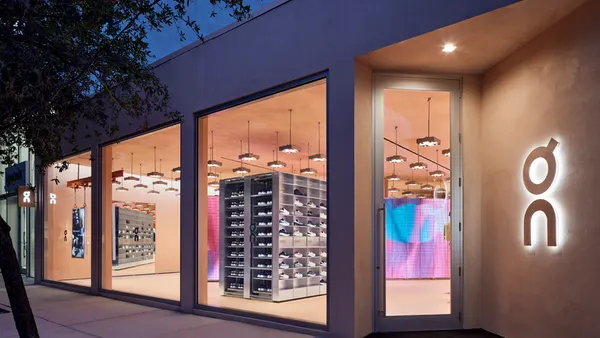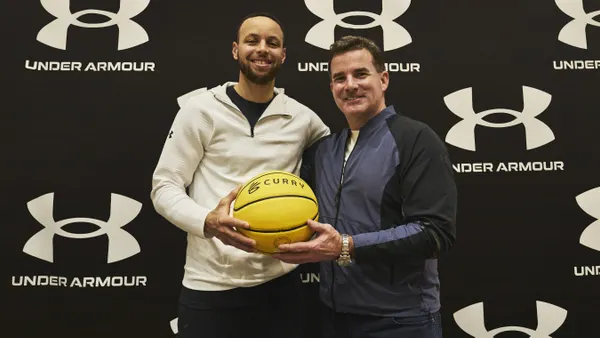Dive Brief:
-
The apparel needs of people with disabilities and chronic disease represent a underserved market that could reach $288.7 billion globally this year and grow to $349.9 billion in four years, according to a report from Coresight Research. In the U.S. alone, that "will reach $47.3 billion in 2019 and grow to $54.8 billion by 2023," according to the report.
-
Adaptive apparel addresses the needs raised by a variety of situations, including some disabilities and health conditions; mobility, sensory or motor processing difficulties; and various medical treatments. Worldwide some 785 million people 15 and older, or 15.6% of the population, have a disability, according to the World Health Organization’s 2011 World Report on Disability, cited by Coresight.
-
The retail think tank notes that more brands have moved into the market in recent years, including Nike, Tommy Hilfiger, Target, and Zappos, which launched collections in 2016 and 2017. Last year, U.K. department store Marks & Spencer debuted a children's Easy Dressing line and Nike a self-lacing basketball shoe operated with a smartphone (although an update last week reportedly bricked those shoes for Android users, at least temporarily).
Dive Insight:
There are all kinds of alterations that can be made to clothing to make it more inclusive.
When brands take steps to address a broader range of needs, they can ultimately apply some innovations — like one-handed zippers, adjustable waistbands and easy closures such as side and back snap and zip closures — that many consumers might find to be welcome improvements.
The market for adaptive clothing is relatively robust, and more or less available to any brand willing to invest in the research and development it takes to create fashion that enables its wearer to go about their day in a wheelchair, with arthritis, in need of medical devices — or otherwise dealing with a situation that makes traditional garments frustrating to put on and wear. That development often requires the help of experts not always found in fashion ateliers, including engineers, occupational therapists and the customers themselves.
Design schools have begun to offer programs in inclusive design, but they're doing so with a lack of good information, according to the Coresight report. "[D]espite recent strides, there is still little information about the adaptive consumer at a macro level and at a generational level," according to the report. "There is an opportunity to understand the needs and preferences of [this market] — their shopping preferences, technology usage and the role of devices, how this consumer lives and the role of family and friends in their lives."
The retailers and designers that make that effort are poised not only to "generate a positive social and economic impact" but also "gain first-mover advantage by becoming the 'go to' provider of certain adaptive clothing styles," Coresight also said. "We expect this category to continue to grow as designers and retailers focus more on meeting the apparel needs of all communities by creating inclusive designs that incorporate both function and fashion."














